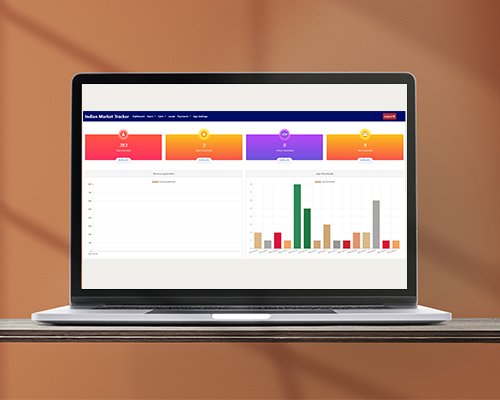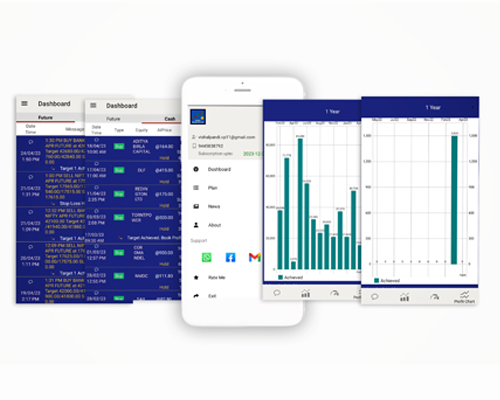IOT Solutions
Fastura Technologies Pvt Ltd
Developing IOT (Internet of Things) solutions related to a service involves creating a network of interconnected devices that communicate and interact with each other to provide enhanced functionality and automation for the service. IOT solutions can improve efficiency, gather valuable data, enable remote control and monitoring, and enhance the overall user experience. Here's a step-by-step explanation of developing IOT solutions for a service:
1. Define the service and objectives:
Clearly define the service you want to enhance using IOT technology. Identify the specific goals and objectives you want to achieve, such as improving efficiency, reducing costs, enhancing user experience, or enabling new features.
2. Identify IOT use cases:
Determine how IOT can add value to your service. Explore potential use cases where IOT devices and sensors can be integrated to gather data, automate processes, or enable remote control and monitoring. For example, in a smart home service, use cases could include automated lighting, temperature control, or security systems.
3. Device selection:
Choose the appropriate IOT devices and sensors based on your use cases and service requirements. Consider factors such as connectivity (Wi-Fi, Bluetooth, cellular), power source (battery-powered, plug-in), compatibility with existing infrastructure, and scalability.
4. Connectivity:
Determine how your IOT devices will connect to the internet and communicate with each other. Options include Wi-Fi, cellular networks, Bluetooth, or Low-Power Wide-Area Networks (LPWANs) like LoRaWAN or NB-IOT. Select the most suitable connectivity option based on factors like range, bandwidth, power consumption, and security requirements.
5.Data management:
Plan how you will collect, store, and analyze the data generated by your IOT devices. Decide whether to store data locally on the devices, in a cloud-based platform, or a combination of both. Consider data security, privacy, scalability, and real-time analysis requirements.
6. Develop IOT applications:
Develop the software applications or interfaces required to control and monitor the IOT devices. This can include mobile applications, web dashboards, or integrations with existing service platforms. Focus on creating user-friendly interfaces that allow users to interact with and manage the IOT devices effectively.
7. Security:
Implement robust security measures to protect the IOT ecosystem. This includes authentication mechanisms, encryption, secure data transmission, and regular firmware updates to address security vulnerabilities.
8. Integration with existing systems:
If your service already has existing systems or infrastructure, ensure seamless integration with the IOT solution. This may involve integrating with APIs, databases, or other software and hardware components to enable data exchange and automation.
9. Testing and validation:
Thoroughly test the IOT solution to ensure proper functionality, reliability, and performance. Conduct both unit testing (testing individual components) and system testing (testing the entire IOT ecosystem). Validate that the solution meets the defined objectives and use cases.
10. Deployment and maintenance:
Deploy the IOT solution, including the hardware devices, software applications, and necessary infrastructure. Continuously monitor the solution's performance, collect user feedback, and address any issues or improvements through regular maintenance and updates.
Remember, developing IOT solutions requires expertise in hardware, software development, connectivity, and data management. It's important to consider scalability, interoperability, and security throughout the development process. Additionally, staying updated with evolving IOT technologies and industry standards is crucial to ensure your IOT solution remains relevant and efficient over time.

.jpg)



